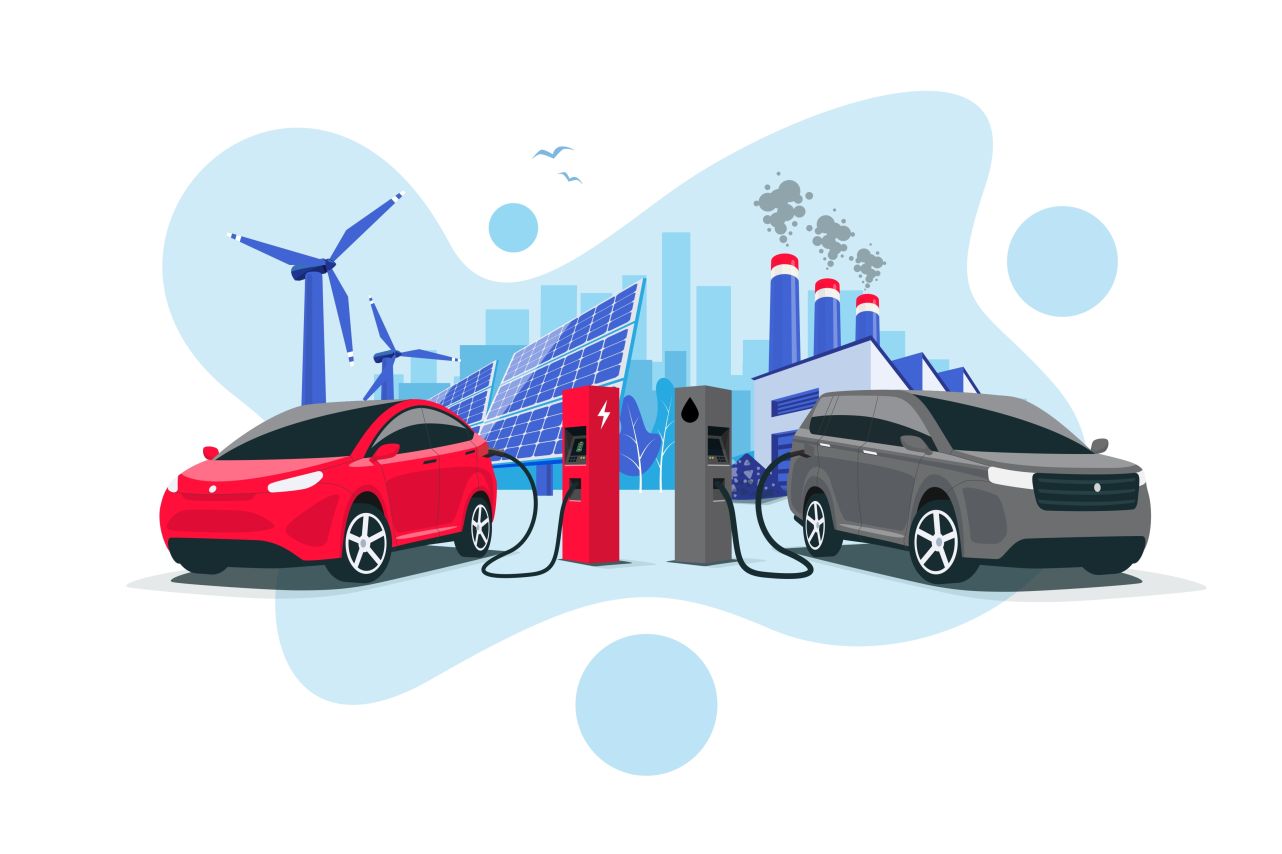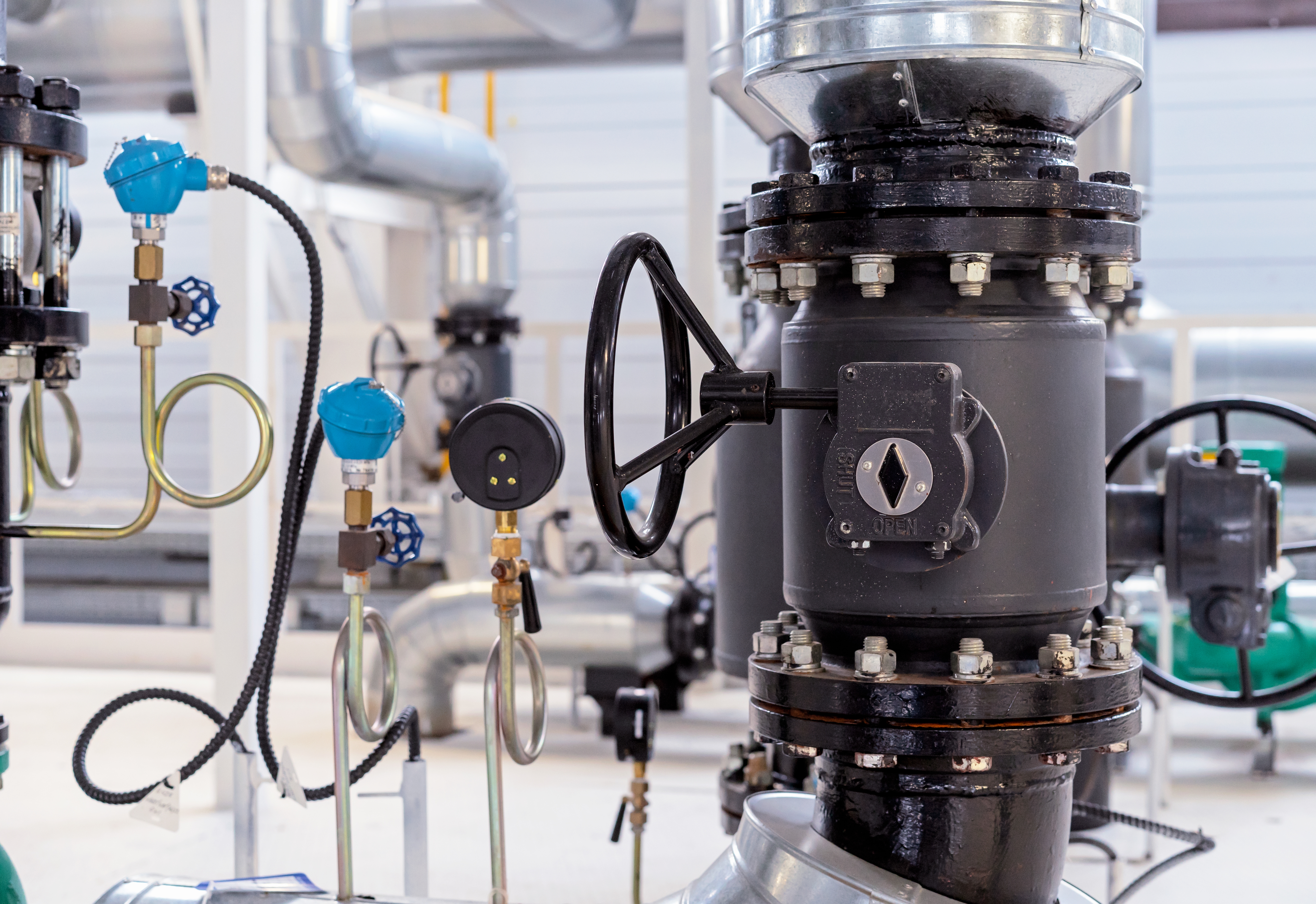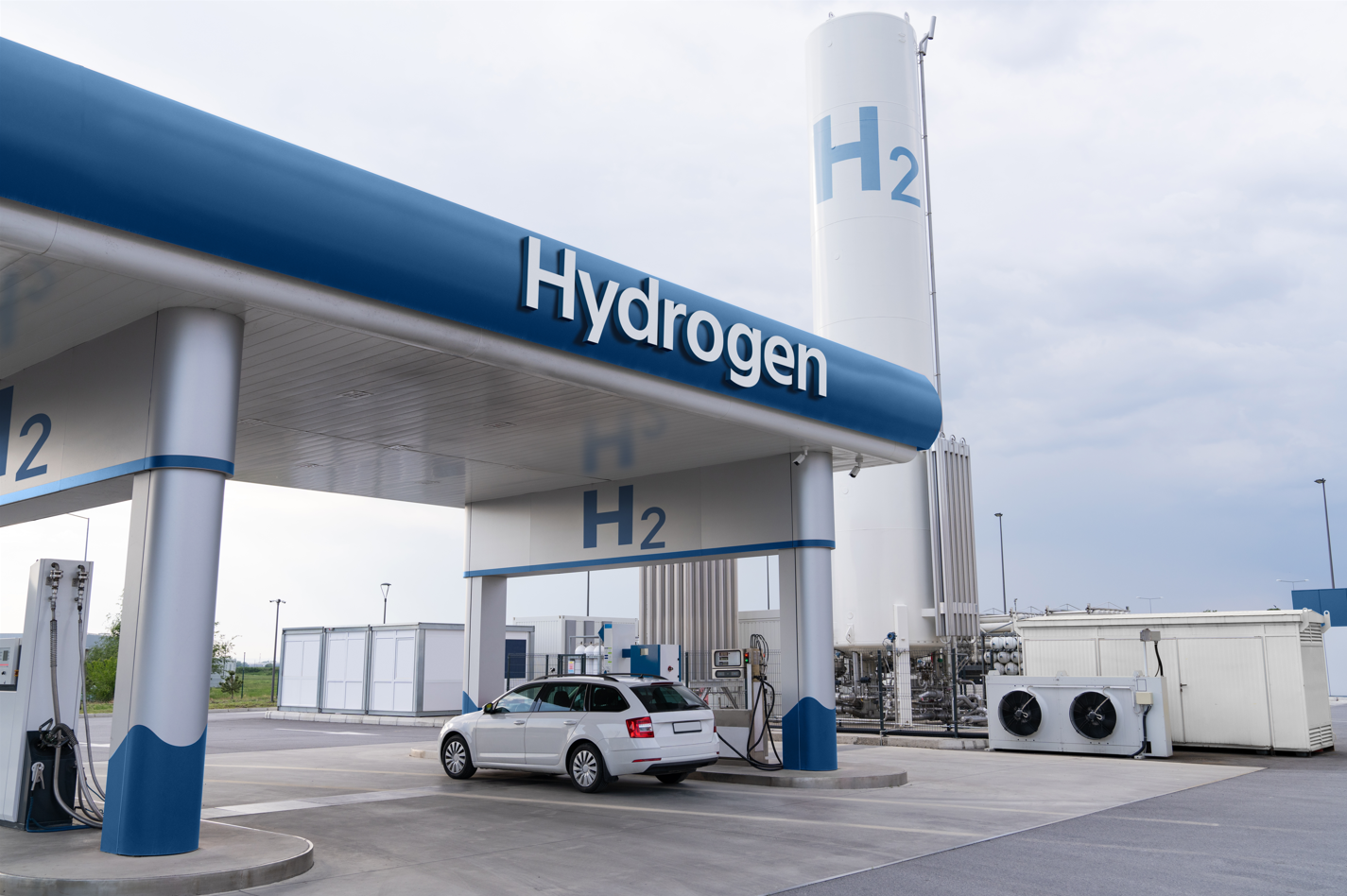Featured Articles
2023-02-24
[2023-02-24 ~
]
The safety of fuel vehicles is beyond imagination

Hydrogen Vehicles Undergoing Rigorous Testing and as Safe as Traditional Vehicles
Hydrogen vehicles currently on the market, whether it is Toyota's Mirai first-generation and second-generation, as well as Hyundai's NEXO, have undergone various very strict safety regulations. For example, hundreds of Mirai test vehicles have undergone comprehensive road tests in the past ten years, accumulating millions of kilometers on various harsh terrains and climates, from hot climates in southern Spain to extremely cold northern Finland; even Hydrogen tanks attempted to fire with high-velocity weapons and were unable to penetrate.
Hyundai Motor claims that NEXO's hydrogen storage tanks have passed the tests including the rupture test, drop impact test, flame test, chemical resistance test, artificial defect test, extreme temperature test, bullet test, hydrogen repeated hydrogenation test, accelerated stress test, etc. Hydrogen storage tank safety certification test; and based on the mass-produced vehicle development crash test project, the direct collision of the hydrogen valve part, the impact test of the lower part of the hydrogen storage tank when retreating, and the fire safety evaluation are carried out. Not only does it meet the hydrogen storage tank safety certification regulations of South Korea, Europe, and the UN, but it also needs to meet more than 200 individual test standards specified by Hyundai Motor. The standards for safety and durability are much stricter than statutory standards. To illustrate with practical examples, the drop damage test of NEXO's hydrogen storage tank simulating damage during transportation, and the durability test for acute damage to composite materials have been carried out 12,000 times. Withstands a 1.8-meter drop without any loss of functionality. Injecting a bullet into a hydrogen storage tank with a pressure of 700 bar only caused a puncture but a leak of hydrogen gas into the atmosphere, but no explosion.
As early as 2018, Hyundai's NEXO obtained the five-star certification of the European new car safety test EURO-NCAP, which is not inferior to other traditional fuel vehicles. The company has spent a lot of effort on the car body, driver assistance systems, hydrogen storage tanks, etc., and applied structures that greatly improve the frontal collision performance and car body structures that specifically protect the hydrogen storage tanks to ensure that the car body crashes security. For example, NEXO's three hydrogen storage tanks of the same size are designed to replace the torsion beam suspension with a multi-link system to improve driving quality. In this way, a bolt fixing device is required to hinge the support and the lower arm, which becomes a protruding part, which is easy to cause damage to the composite surface of the hydrogen storage tank. After being reinforced with a metal plate, it can withstand the impact.
Toyota's second-generation hydrogen vehicle Toyota Mirai won the highest five-star rating in the Euro NCAP safety test as late as 2021. It is more difficult than the five-star rating that NEXO also obtained in 2018. However, it belongs to the new and old models of Toyota and Hyundai respectively, and it cannot be used to judge the strength of the two car manufacturers. But what is certain is that the safety enhancement of hydrogen energy vehicles by car manufacturers keeps pace with the times, and through authoritative and objective crash and post-collision safety tests, the fact that it is powered by hydrogen does not affect its original safety.
Detection of Trace Amounts of Hydrogen Requires Sensor Checks
The hydrogen storage tank itself can ensure the near-perfect safety of hydrogen fuel storage, but it is still necessary to prevent leakage and control the pressure mechanism, and further supporting measures are required.
A hydrogen vehicle's fuel cell stack, which uses hydrogen fuel and oxygen drawn from the atmosphere to generate electricity, requires a pressure fit to perform this function. However, the minimum pressure required increases with the required electrical output of the stack,
The standard pressure is about 350 bar. To improve safety and stability, the standard pressure of the hydrogen storage tank is about 700 bar. The maximum burst pressure of modern NEXO reaches 1575 bar, which is double the safety guarantee.
However, to supply hydrogen fuel from the hydrogen storage tank to the battery stack, depressurization must be performed. This process is risky due to the high pressure and flammability of the gas. NEXO’s treatment method is to reduce the pressure from 700 bar to 16 bar through two-stage decompression and then further reduce the pressure to about 1.0 to 1.5 bar at the inlet of the fuel cell stack where hydrogen and oxygen react to generate electricity. In addition, it is equipped with a hydrogen gas leakage sensor and high-pressure and medium-pressure sensors to monitor hydrogen gas, micro-leakage, and overpressure throughout the process.
Around the hydrogen storage tank, real-time sensors that can detect trace amounts of hydrogen are placed. With the operation of multiple mechanisms, hydrogen leakage is detected during standard vehicle operation or during external shocks that may damage the hydrogen supply system. The dashboard display will issue a warning. The safety system may even block the hydrogen tank valve, preventing a large injection of hydrogen from the tank. Mirai is set to warn when it detects a 2% hydrogen leak; when it detects a 3% leak, the fuel cell stops working. Since the engine room is separated from the hydrogen storage tank, if any leaks occur, or even a fire causes the temperature around the hydrogen storage tank to rise too high, the sensing system will force the hydrogen to be vented from the hydrogen storage tank to the atmosphere instead of diffusing into the car interior.
Due to these layers of safety measures, and the hydrogen storage tank itself has a fireproof coating, even if the vehicle is completely burned, the hydrogen storage tank will not explode. Even if a hydrogen car is parked in a garage or driving in a tunnel, when a trace of hydrogen leaks out, it will be detected soon. Moreover, the above-mentioned occasions are not completely enclosed spaces, and the construction laws all require airflow facilities such as exhaust fans. It is almost impossible for the hydrogen concentration to exceed the lower explosion limit of 4%. Another possible scenario is to assume that the hydrogen vehicle is engulfed in flames in the house and garage, or collides with another vehicle and spreads from the other vehicle, and the hydrogen storage tank is surrounded by flames. Usually, in this case, it should be avoided that the thermal energy diffusion causes the pressure of the hydrogen storage tank to rise and cause the hydrogen storage tank to rupture.
The hydrogen storage tank is equipped with a fuse valve, which will release hydrogen at 110 degrees C. This disposal method of forcing the hydrogen toward the rear of the vehicle in the face of flame radiation and tilting it to the ground for release follows the same regulations as vehicles equipped with liquefied petroleum gas tanks in Japan.
From the above description, it can be understood that hydrogen vehicles completely subvert the traditional misconception, and the prevention of fire, fuel leakage, and explosion is beyond the standard and multiple, and it is safer than fuel vehicles.
Continuous Pursuit of Safety, Economy, and Expansion of New Application Fields
Although the current hydrogen vehicles have reached an ideal stage in terms of performance, specifications, and safety, one of the biggest obstacles is that the cost is more expensive than fuel vehicles. In the initial stage, policy subsidies can be used to lower the market entry threshold, but in the end, it still needs to rely on technology to reduce costs. Among all components, the cost of the hydrogen storage tank is relatively high, and there is still a lot of room for improvement.
Taking Hyundai's NEXO as an example, it is a multi-pronged approach, hoping to achieve the triple goals of cost reduction, safety improvement, and extended endurance. One is that although the company's hydrogen storage tank is one of the most efficient in the world, up to 5.7%, the volume of the hydrogen storage tank is still too large, and various tank shapes and dimensions can be used to simulate to reduce the volume. On the other hand, research on switching to liquid or solid hydrogen fuel storage instead of high-pressure tanks can maximize storage efficiency and extend endurance in one fell swoop. In terms of safety, smart concepts can be introduced and applied to hydrogen storage tanks to provide real-time driving status information. Toyota's second-generation Mirai is to reduce the wall thickness to increase the internal volume while maintaining compressive strength. The hydrogen storage efficiency of the storage tank is about 10% higher than that of the first generation.
Since hydrogen energy is not limited to the use of automobiles, Toyota is trying to develop 700Bar resin high-pressure hydrogen tanks for automobiles that can be applied to railways, shipping, and port cargo handling, as well as modules for various applications of hydrogen fuel generators. However, the safety standards and usage environments in various fields are different, and further research and development are required for adjustment. However, if this approach can be further implemented, it can greatly help the popularization of hydrogen energy and extend the influence of the automobile industry.
It is nonsense to criticize hydrogen vehicles for safety concerns. In fact, from the perspective of science and engineering, its safety has far surpassed that of fuel vehicles, and it is still improving in terms of safety and economy. Due to the strict safety standards of car factories, the hydrogen energy industry must rely more on the experience of automakers. There is no doubt that hydrogen vehicles will bring more business opportunities to the automotive industry at all levels.
References
- Plastic Today, 2016-06-01, Polyamide makes its mark in high-pressure hydrogen tank for Toyota fuel cell vehicle
- Hyundai Motor Group, 2019-09-06, What Makes Fuel Cell Electric Vehicles Safe?
- Toyota, 2022-03-15, Toyota Develops Storage Module Utilizing Resin High-Pressure Hydrogen Tanks
- Automotive Media Response, 2014-11-21, 池原照雄, 水素タンクが炎に包まれたら? 気になるFCVと「未知の燃料」の安全性



